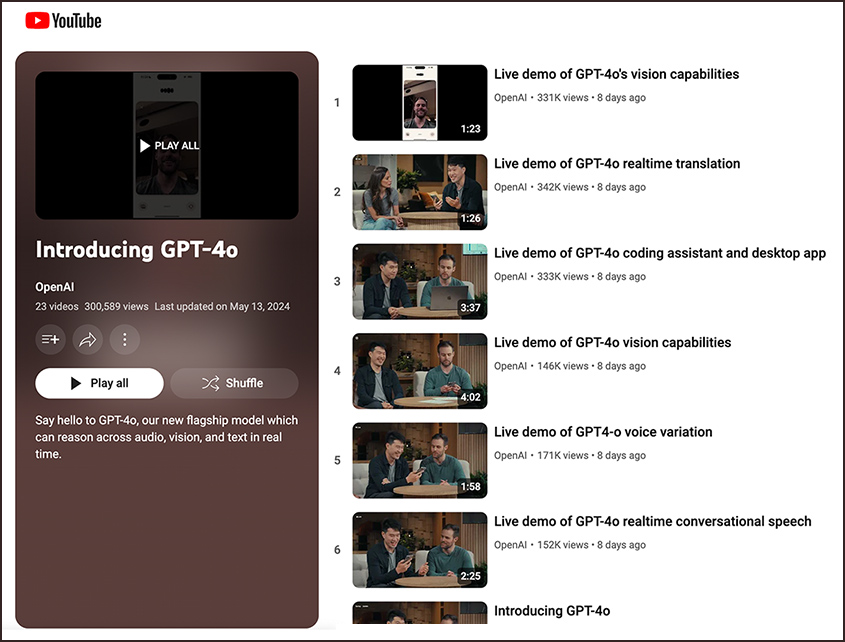The Three Wave Strategy of AI Implementation — from aiczar.blogspot.com by Alexander “Sasha” Sidorkin
The First Wave: Low-Hanging Fruit
…
These are just examples:
- Student services
- Resume and Cover Letter Review (Career Services)Offering individual resume critiques
- Academic Policy Development and Enforcement (Academic Affairs)…
- Health Education and Outreach (Health and Wellness Services) …
- Sustainability Education and Outreach (Sustainability and Environmental Initiatives) …
- Digital Marketing and Social Media Management (University Communications and Marketing) …
- Grant Proposal Development and Submission (Research and Innovation) …
- Financial Aid Counseling (Financial Aid and Scholarships) …
- Alumni Communications (Alumni Relations and Development) …
- Scholarly Communications (Library Services) …
- International Student and Scholar Services (International Programs and Global Engagement)
Duolingo Max: A Paid Subscription to Learn a Language Using ChatGPT AI (Worth It?) — from theaigirl.substack.com by Diana Dovgopol (behind paywall for the most part)
The integration of AI in language learning apps could be game-changing.
Research Insights #12: Copyrights and Academia — from aiedusimplified.substack.com by Lance Eaton
Scholarly authors are not going to be happy…
A while back, I wrote about some of my thoughts on generative AI around the copyright issues. Not much has changed since then, but a new article (Academic authors ‘shocked’ after Taylor & Francis sells access to their research to Microsoft AI) is definitely stirring up all sorts of concerns by academic authors. The basics of that article are that Taylor & Francis sold access to authors’ research to Microsoft for AI development without informing the authors, sparking significant concern among academics and the Society of Authors about transparency, consent, and the implications for authors’ rights and future earnings.
The stir can be seen as both valid and redundant. Two folks’ points stick out to me in this regard.




















.webp)
